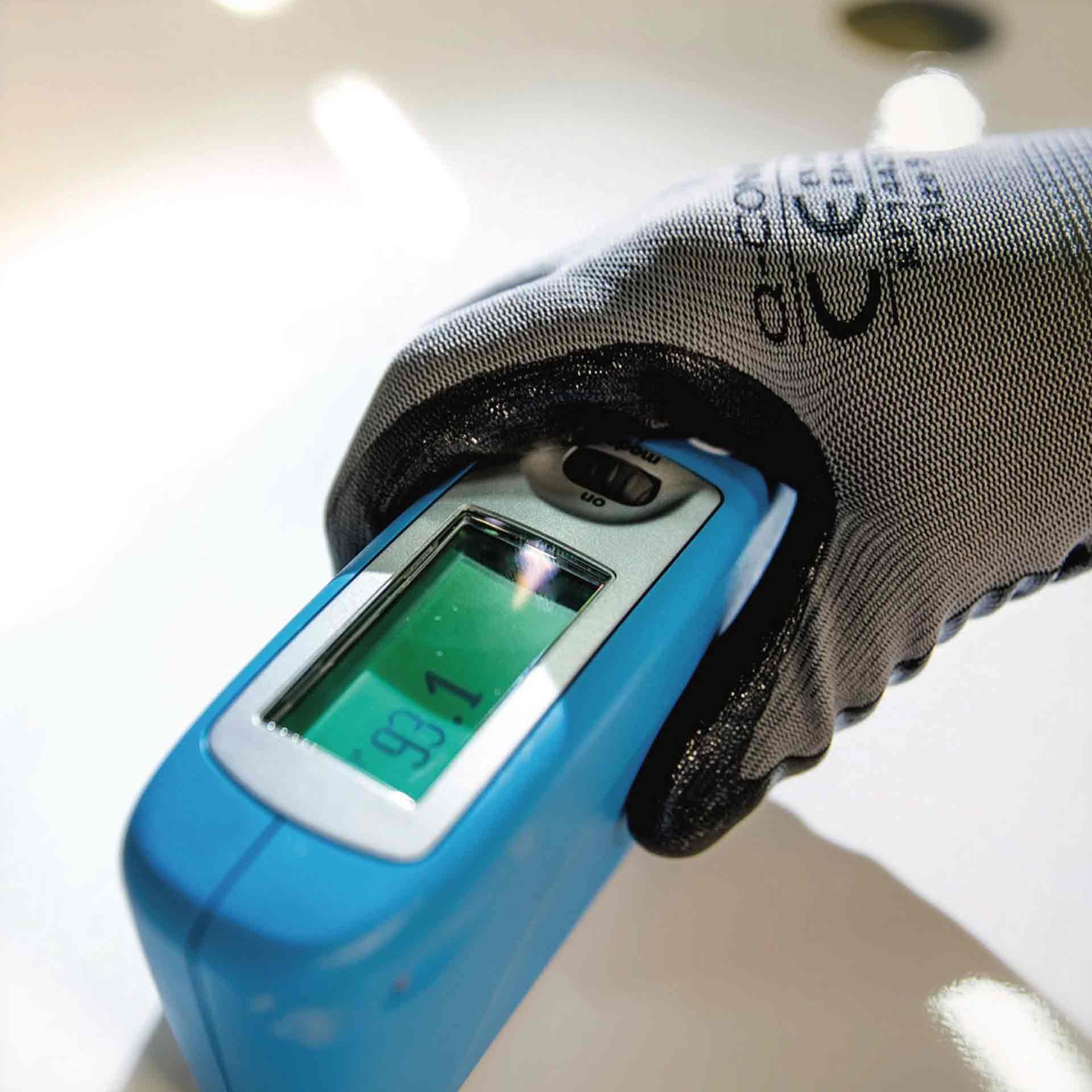
Quality and Testing.
OMER adopts a process approach that integrates Quality, Safety and Environment controls. This system has received both second and third party accreditations and is certified according to the most important standards (below is the list of certifications received).
For each project, OMER establishes a test plan that has the purpose of ensuring the achievement of the requirements set by the regulations and by the client.
In addition to the validation tests for the purposes of the FEM Analysis and the freezing of the design phase in general, OMER is equipped to carry out internally various type and series tests, for the validation and monitoring of both processes and products.
During production as well as in the final phase of the process, the products made by OMER are tested through a series of extremely rigorous quality controls carried out by trained and qualified personnel in compliance with the IRIS sector regulations and customer specifications.
These testing activities, which can be visual, dimensional and functional, lead to the issuance of a Certificate of Conformity (CoC) which guarantees the compliance of products with all current regulations and with the design requirements agreed with the customer.
Testing
The Testing phase is of fundamental importance, particularly for special processes, or processes whose goodness cannot be assessed through simple final measurements on the product.
OMER also relies on internationally accredited laboratories for carrying out specific tests on the manufactured products: fire resistance tests, thermal insulation tests, acoustic insulation tests, corrosion resistance tests in saline mist, poultice tests, etc.
Generally, in the railway sector, the stress scenario acting on Omer production items involves:
- Static loads
- Vibrations
- Fatigue loads
In full compliance with the reference standards, the following tests are then conducted:
- Static load tests
- Shock and vibration tests
- Fatigue load tests
The product to be tested, after the successful outcome of the tests mentioned above, can be finally moved to the subsequent phase of series production.
